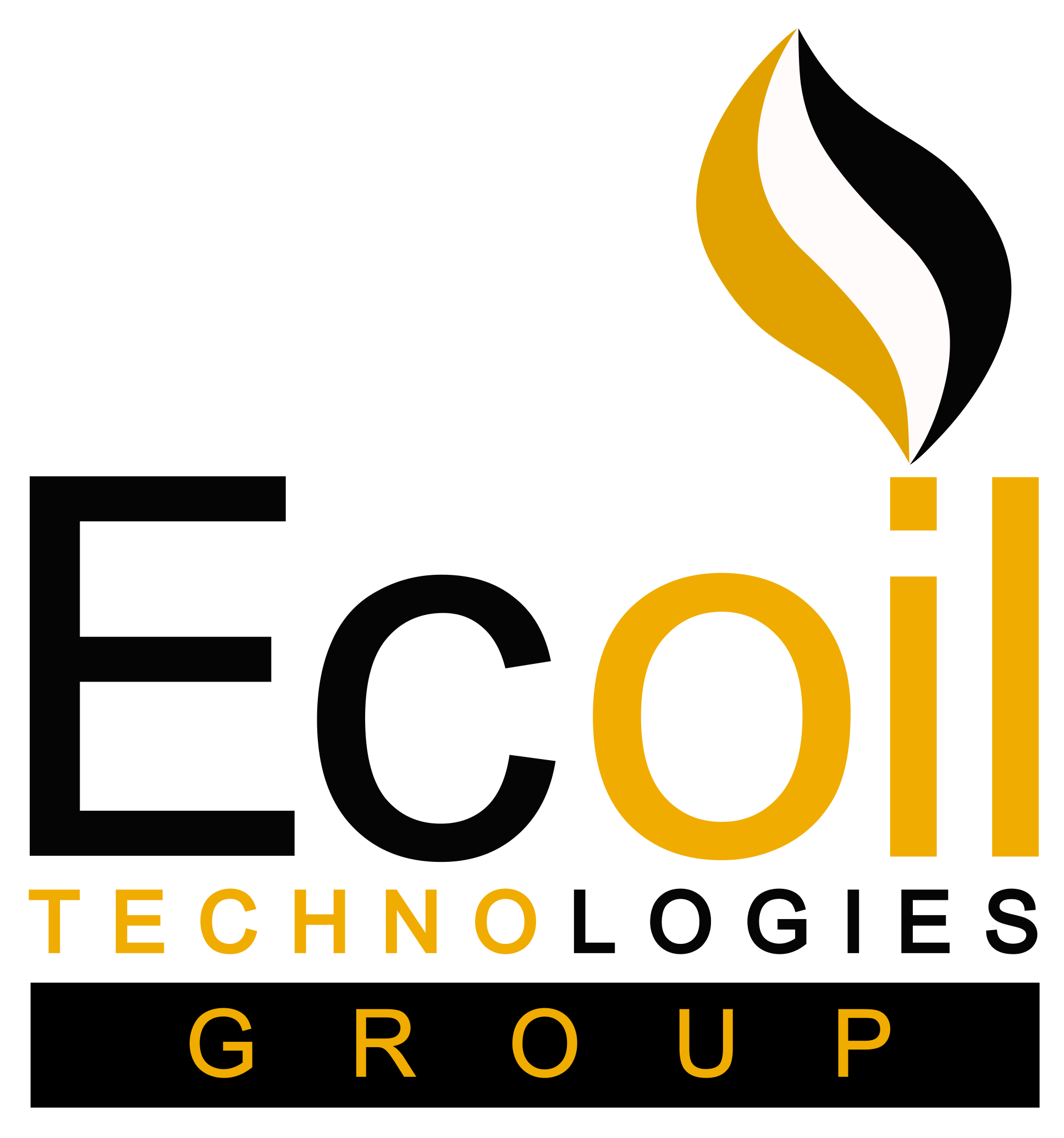Purification of Petroleum Products from H₂S and Sulfur Compounds
Thioscav Q34-10 Advanced Treatment Solutions for Petroleum Products
Scalable Performance from Upstream to Downstream
At Ecoil Technologies, we specialize in advanced chemical solutions for removing hydrogen sulfide (H₂S) and other sulfur compounds from petroleum products. The presence of these impurities leads to corrosion, operational risks, odor issues, and non-compliance with international standards.

innovative Thioscav Q34-10 ensures:
- Effective elimination of H₂S and mercaptans.
- Compliance with ASTM D130 (Copper Strip Corrosion Test) and global fuel standards.
- Improved safety in handling, storage, and transportation.
- Extended equipment lifetime through reduced corrosion.
- Lower sulfur emissions, supporting environmental responsibility.


Products That Can Be Treated:
Our solutions are designed for a wide range of refinery and downstream products, including:
- Naphtha (petrochemical feedstock purification).
- Gasoline (meeting international sulfur standards).
- Diesel fuel (ensuring ultra-low sulfur diesel quality).
- Kerosene / Jet fuel (odor and corrosion control).
- Fuel oil (for shipping, power generation, and industry).
- Liquefied petroleum gas (LPG) (removal of H₂S and mercaptans).
- Natural gas liquids (NGLs) and condensates.
Our tailored approach guarantees efficient, cost-effective treatment for refineries, petrochemical plants, storage terminals, and transportation networks worldwide.
Achieve Copper Strip Test Compliance
Our advanced H₂S and mercaptan scavengers are specifically engineered to ensure fuels and process streams meet international Copper Strip Corrosion Test standards (ASTM D130 / ISO 2160). By effectively removing corrosive sulfur compounds, Ecoil Technologies’ solutions protect equipment, extend asset life, and guarantee compliance with stringent industry requirements.
With our tailored formulations, refineries, petrochemical plants, and storage facilities can confidently deliver products that pass copper strip tests while maintaining operational efficiency and reducing maintenance costs.
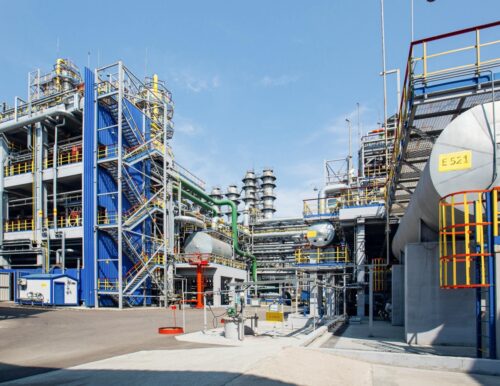
RELEASED caseS
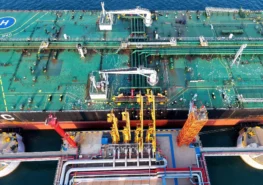
Thioscav Q34-10
Fuel Oil (Mazut) H₂S Removal
Challenge: Residual fuel oils (mazuts) often contain high levels of hydrogen sulfide, leading to severe corrosion risks, odor problems, and safety concerns during storage and transportation.
Solution: Application of Ecoil Thioscav Q34-10 reagents successfully reduced H₂S content to safe levels without causing sedimentation or affecting fuel properties.
Result: Stable product quality, improved safety in handling, and compliance with international and local sulfur compounds standards.
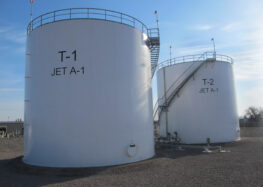
Thioscav Q34-10
Aviation Kerosene Purification
Challenge: Jet fuel must meet strict sulfur compounds and corrosion specifications to pass aviation safety standards. Even trace amounts of H₂S and mercaptans can compromise product quality.
Solution: Tailored scavenger Thioscav Q34-10 formulations were applied to aviation kerosene, removing corrosive sulfur compounds without altering critical fuel parameters such as freezing point and thermal stability.
Result: Aviation fuel achieved ASTM D1655 quality standards, ensuring safe use in turbine engines.
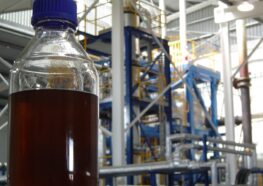
Thioscav Q84-10
Copper Strip Test Compliance
Challenge: Refined petroleum products must pass the ASTM D130 Copper Strip Corrosion Test. Presence of H₂S and mercaptans typically leads to test failure and product rejection.
Solution: Ecoil Technologies’ scavenger solutions efficiently eliminated sulfur species responsible for copper corrosion.
Result: Products consistently passed the copper strip test, protecting market value and ensuring regulatory compliance.

Thioscav Q84-10
Process Water Treatment
Challenge: Separated water from oil production often contains high H₂S concentrations, making it unsuitable for reinjection or disposal without treatment.
Solution: Ecoil’s water-compatible scavengers were applied at optimized dosages, achieving a reduction of H₂S from initial high ppm levels to near zero without scale or solid formation.
Result: Treated water became suitable for reusing on refinery operations or disposal, with lowering environmental impact and chemical costs.
